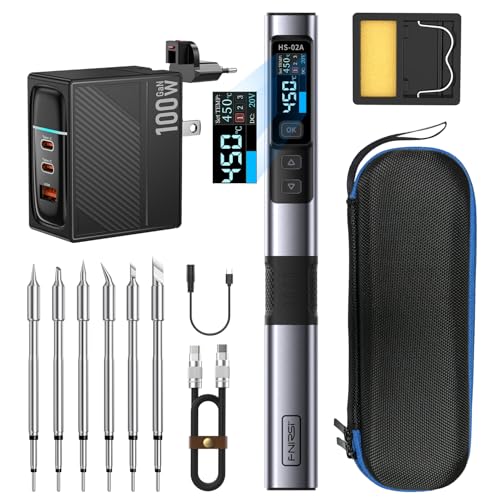If you haven't done, I recommend reading the series of excellent articles by Steve Dove.
http://84.255.203.119/Steve-Dove-Console-Design.pdf
May seem jurassic in some respects but OTOH some things never change.
http://84.255.203.119/Steve-Dove-Console-Design.pdf
May seem jurassic in some respects but OTOH some things never change.

































